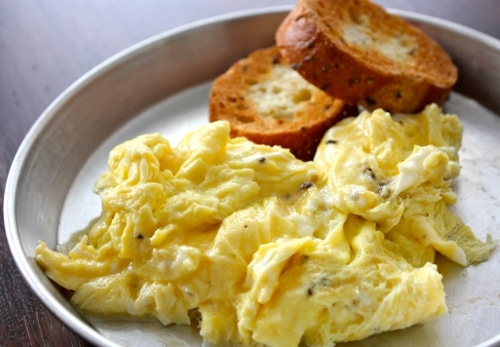Shape Shifter 2 4 Cracked Eggs
UPDATES: The guide now has a complete list of all Monsties, including the locations for the actual monsters as well as where to get their Monstie eggs. Also started working on a separate Monster Hunter Stories Armor and Weapon Guide. As someone who has always pined for a Monster. Shape Shifter 2 × Report a broken. Published: Dec 20th, 2017 HTML5 The bats stole the eggs from these penguin. 80% 999 plays. Moto X3M 4 Winter. Published: Dec. 4.5.1 Inspection of Shell Eggs for Breaking; 4.5.2 Sampling of Shell Eggs for Breaking; 4.5.3 Frequency of Inspecting Breaking Stock; 4.5.4 CFIA. All rejects are removed by a company employee at the scanner prior to the product being broken; the speed of the breaking machine is reduced so that all. This shape shifter servers ip can be found on the list to the right or can be viewed by clicking on The Button. Cracked; PVP; Roleplay. Shape Shifter Z Mod for 1.6.4.
Menu Create a Bird’s Nest and Cracked Egg in Adobe Illustrator • • • • • Images Here is a preview of the various images we will be creating using Illustrator: Step 1: Draw the Cracked Eggshell Components In Illustrator, open up a new document by going to File >New (Ctrl/Command + N). Select the Pen Tool (P). Start by drawing an egg shape. Afterwards, use the Pen Tool again to draw a zigzag line that will later be used to create the cracked edges of the eggshell. Important: Make a copy of the eggshell shape because we need two of them (one for the front and one for the back of the eggshell). 94Fbr Adobe Photoshop Cs6 Serial Key here. Position the zigzag line at the top of the egg shape and then press the Divide command in the Pathfinder panel. Once the egg shape has been divided, select the top part with the Direct Selection Tool (A) and delete it as we don’t need this component anymore.


The resultant object will be the back part of the cracked eggshell. Repeat the process above with the other egg shape (which will be the front of our eggshell), but create another zigzag line so that it won’t look identical to the back. Place the zigzag line lower than the first so we can use the resultant object as the front of the eggshell. Step 2: Fill the Shapes with the Gradient Tool Select the first eggshell shape (which, as stated earlier, will be the back of the eggshell). Click on the Gradient Tool (G) in the Tools panel to make it the active tool.
Turn on the Gradient Annotator by going to View >Show Gradient Annotator (Alt/Option + Ctrl/Command + G) so that you can easily adjust the gradient even after you have applied it. Create the linear gradient with the settings shown below. Repeat the process with the second eggshell shape (the front); use the same colors as the previous gradient, but modify the direction and angle. Step 3: Build the Cracked Eggshell Now we have the basic eggshell shapes.
Since we created the front and the back eggshell shape using the same shape as the starting point, we can overlay them easily. Make a copy of each shape and fill it with a light blue. Place the light blue copy of the back eggshell shape and the light blue copy of the front eggshell shape behind each, and then move the blue copies slightly to the left. This creates a thicker edge. Group the two back shapes together. Group the two front shapes together.
Place the front group on top of the back group. Step 4: Add Surface Highlights Duplicate the front eggshell shape (without the blue shape behind it) by copying (Edit >Copy) and then pasting in front (Edit >Paste in Front). For the front eggshell shape duplicate, use the Transparency panel (Shift + Ctrl/Command + F10) to set the Blending Mode to Overlay and Opacity to 33%. This gives the front side of our cracked eggshell a nice highlight. Step 5: Adding a Shadow Create an ellipse using the Ellipse Tool (L) and place it underneath the egg. Fill the ellipse with a radial gradient that goes from black to transparent (see the settings for the radial gradient in the image below).
Step 6: Create a Custom Symbol Let us create the nest. Select the Pencil Tool (N) to create vector paths as shown below.
Group the paths together. Then duplicate it twice (so that now you have three groups). Make the other two groups slightly darker colors. Place each group on top of each other. Group the three groups into one group called “nest symbol”. To make drawing the nest easier, we’re going to take the nest shapes to create a symbol. To do this, have the Symbols panel open by going to Window >Symbols (Shift + Ctrl/Command + F11).